Understanding Recovery and Substance Use Disorder Better
 Would having a better understanding of how the recovery process works for people with substance misuse disorders make you more supportive of the services they need? Are you open to learning a new way to think about addiction and what people need for recovery?
Would having a better understanding of how the recovery process works for people with substance misuse disorders make you more supportive of the services they need? Are you open to learning a new way to think about addiction and what people need for recovery?
As an intern for the Public Health Council, Hattie Kahl conducted an assessment to explore the need for more recovery housing in the Upper Valley of New Hampshire and Vermont. According to Hattie’s research, the Upper Valley offers numerous substance misuse treatment options and supportive services; however, housing that supports an abstinent lifestyle is hard to find – or afford.
Recovery Housing Report
You can review Hattie’s full report here: Upper Valley Recovery Housing Assessment 2024. Read on for a few summary bits of information she pulled together that give us insight into both the recovery process and the addictive process.
Recovery Capital
Recovery Capital describes a set of resources necessary to sustain recovery (Best and Laudet). Chances of sustained sobriety increase as one’s recovery capital increases. The growth of personal recovery capital has ripple effects for families, others in recovery, and the community.
- Physical capital is defined as assets, like money or housing, that may increase recovery potential – for example, being able to live away from friends who engage in substance misuse or affording residential treatment.
- Social capital is the resources from personal relationships, such as family or support groups.
- Human capital is skills, good physical health, positive outlook, etc.
- Cultural capital includes “values, beliefs, and attitudes” that move a person away from the social conformity of drug culture and toward societal behaviors.
Protective Factors for Recovery
Self-efficacy: The belief that someone can perform the behaviors needed to achieve a specific goal. It’s a measure of how confident someone is in their ability to control their motivation, behavior, and social environment.
- Steady and stable post-treatment employment and an employer who supports one’s recovery.
- Living in an environment like a recovery residence and having peer support.
- Maintaining a good and stable relationship with family and friends who are not in recovery (Alemi et al, 2009).
For more information please review Hattie’s supplementary report: Predictors of Substance Misuse Recovery and Relapse: A Literature Review.




Leave a Reply
Want to join the discussion?Feel free to contribute!